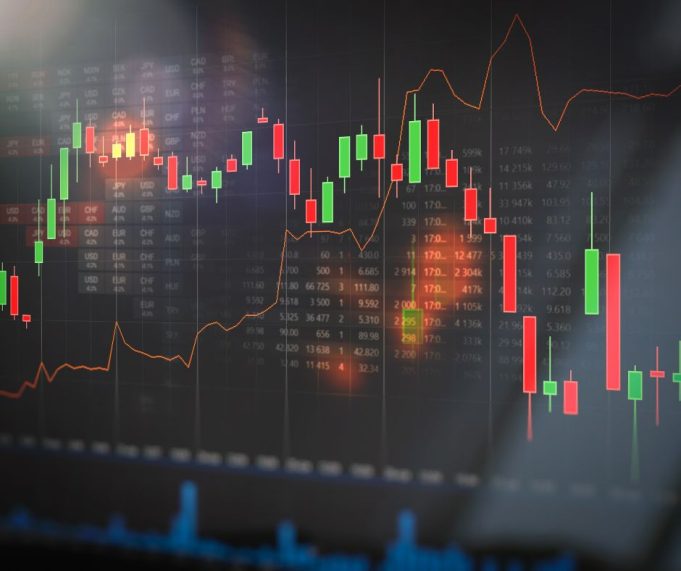Ichimoku Cloud System: A Comprehensive Guide to Technical Analysis
The Ichimoku Cloud is a tool for technical analysis and trading that is used to combine multiple indicators into a single chart. It is most commonly used to spot potential support and resistance levels, trend directions, and market momentum but is also a popular choice for many traders. The Ichimoku Cloud was developed during the late 1930s by a Japanese journalist named Goichi Hosada, who called it Ichimoku Kinko Hyo, which translates to “equilibrium chart at a glance”. Although it was first published in 1969, it has since seen many improvements and refinements.
So, how does the Ichimoku Cloud system work? Well, there are five lines included on the chart: the Conversion Line (or Tenkan-sen), the Base Line (or Kijun-sen), Leading Span A (or Senkou Span A) and Leading Span B (or Senkou Span B). These are all moving averages that are used to generate different types of signals. The Conversion Line is a 9-period moving average and the Base Line is a 26-period moving average. The Leading Span A is the moving average of the Conversion and Base Lines projected 26 periods in the future. The Leading Span B is a 52-period moving average projected 26 periods in the future. Finally, the Lagging Span is the closing price of the current period projected 26 periods in the past.
When viewed together, the Leading Spans A and B create a cloud (or Kumo), which is often the most recognizable element of the Ichimoku system. The Leadings Spans A and B are projected 26 periods in the future and their difference reflects the cloud color. A green cloud is displayed when the Leading Span A is higher than Leading Span B, whereas a red cloud reflects the opposite situation.
Ichimoku also provides various trading signals based on the relationship between the market price, Base Line, and Conversion Line. Bullish momentum signals are generated when either or both the Conversion Line and the market price move above the Base Line, whereas bearish momentum signals are generated when either or both Conversion Line and market price move below the Base Line. Additionally, the trend-following signals are generated according to the color of the cloud and to the position of the market price in relation to the cloud – prices consistently above the clouds indicate an upward trend and prices below the clouds indicate a downtrend. The Lagging Span is also useful for spotting potential trend reversals.
The most commonly used settings for the Ichimoku have been set as (9, 26, 52) after over three decades of research and testing. However, traders are able to adjust these settings according to their individual trading strategies. For example, in cryptocurrency markets, some traders adjust the Ichimoku settings to (10, 30, 60) and even to (20, 60, 120) as a way to reduce false signals. Despite this, there is an ongoing debate about the efficiency of modifying the settings.
Finally, the strength of signals generated by the Ichimoku Cloud depends upon whether they fall in line with the broader trend. Thus, it is important to take into account the color and position of the cloud in order to evaluate the signal’s strength. Additionally, it is worthwhile to note that the Ichimoku Cloud can be used to identify support and resistance zones and that longer timeframes such as daily, weekly, and monthly charts will produce more reliable signals.
Though it may appear complicated at first, the Ichimoku Cloud system is easy to use and effective at providing potential trading signals and support/resistance levels. Its multiple elements aid in the prediction of potential trends and are a great addition to any trader’s technical analysis arsenal. However, it is important to combine the Ichimoku Cloud with other techniques to confirm trends and minimize risks when trading.













